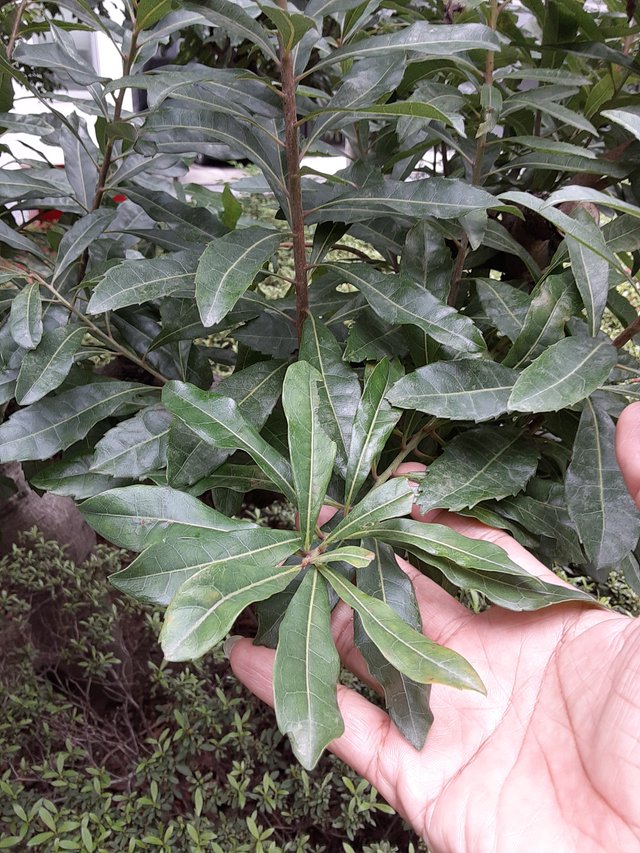Myrica rubra, a beautiful evergreen with leathery leaves, holds a history of medicinal use and is now being explored for its potential anti-inflammatory, antioxidant, and even anti-cancer properties

Myrica rubra, also known as the Chinese bayberry or yangmei, is a fascinating evergreen tree native to subtropical regions of East Asia, particularly China, Japan, and Taiwan. It's not only known for its delicious fruit but also for its interesting leaves with potential health benefits.
Myrica Rubra Leaves: Leathery and Potentially Powerful
The leaves of Myrica rubra are quite distinctive. They are leathery to the touch, with a smooth, hairless surface. Their shape can vary from elliptic-obovate to oval lanceolate, measuring 5–14 cm (2.0–5.5 in) long and 1–4 cm (0.39–1.57 in) wide. The base of the leaf is wedge-shaped, and the tip can be either rounded, pointed, or tapered. The edges are serrated, particularly in the upper half of the leaf. Interestingly, the underside of the leaf is a pale green with sparse to moderate golden glands, while the top surface boasts a darker green color.
Traditional Uses and Potential Health Benefits
Myrica rubra leaves have a long history of use in traditional medicine throughout East Asia. They've been used for various purposes, including:
- Treating burns and skin diseases: The leaves possess potential anti-inflammatory properties, which might explain their historical use in soothing burns and skin ailments.
- Combating diarrhea: Traditional medicine suggests the leaves may have astringent properties that could help alleviate diarrhea.
- Managing blood sugar: Recent studies suggest Myrica rubra leaves might contain compounds that help regulate blood sugar levels.
Scientific Exploration of Myrica Rubra Leaves
Modern science is starting to delve deeper into the potential health benefits of Myrica rubra leaves. Here are some promising areas of research:
- Anti-inflammatory properties: Studies indicate that extracts from the leaves may exhibit anti-inflammatory effects, potentially offering benefits for conditions like arthritis and inflammatory bowel disease.
- Antioxidant activity: The leaves are rich in various antioxidant compounds, which might help protect cells from damage caused by free radicals.
- Anticancer properties: Research suggests that Myrica rubra leaves might possess antiproliferative effects, meaning they could potentially slow down the growth of cancer cells.
Important Note
It's important to remember that most of the research on Myrica rubra leaves is still in its early stages. While the potential health benefits are promising, more studies are needed to confirm their efficacy and safety. If you're considering using Myrica rubra leaves for any health purpose, it's crucial to consult with a qualified healthcare professional first.
Ref.:
 |  |
Upvoted! Thank you for supporting witness @jswit.